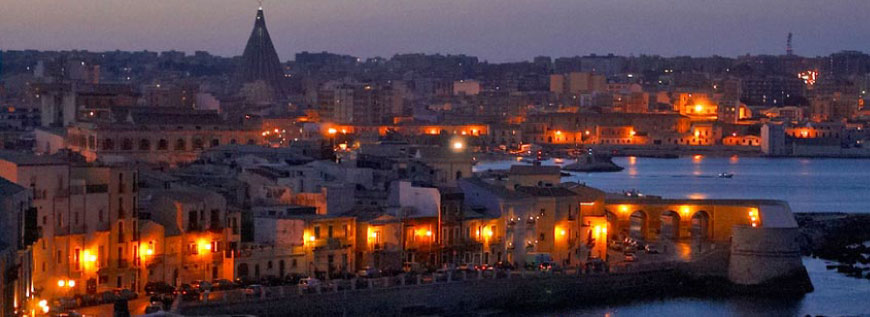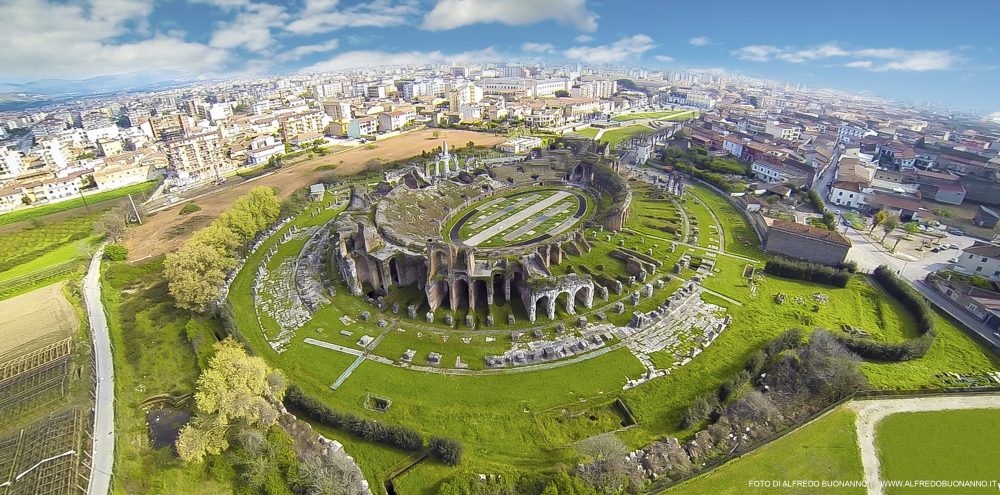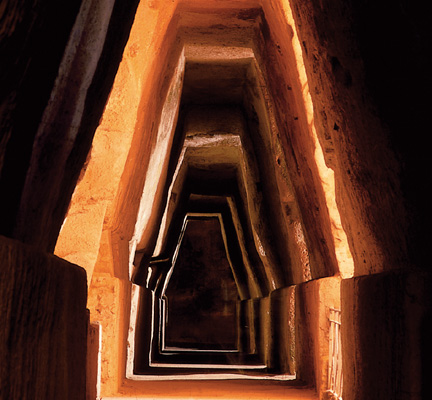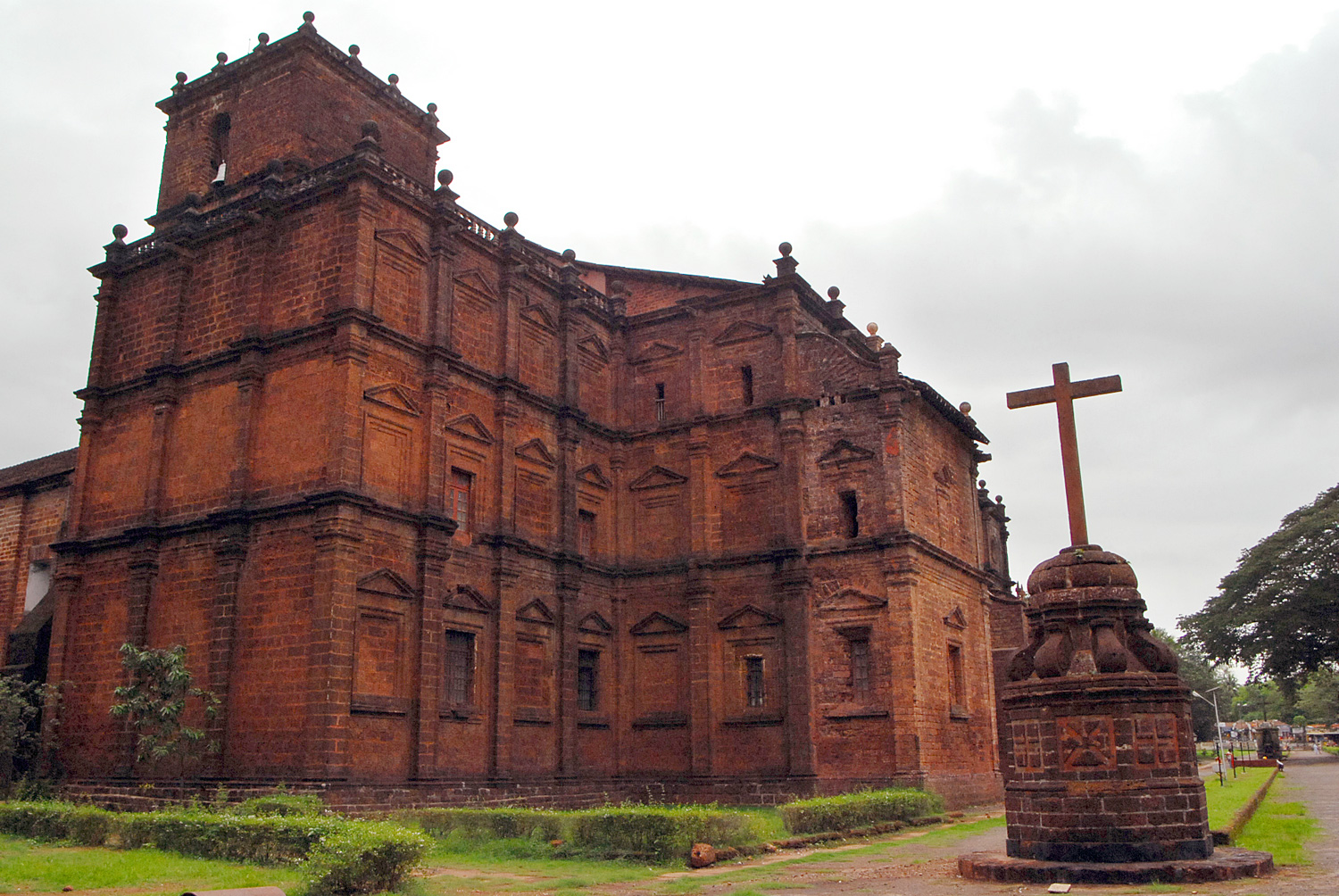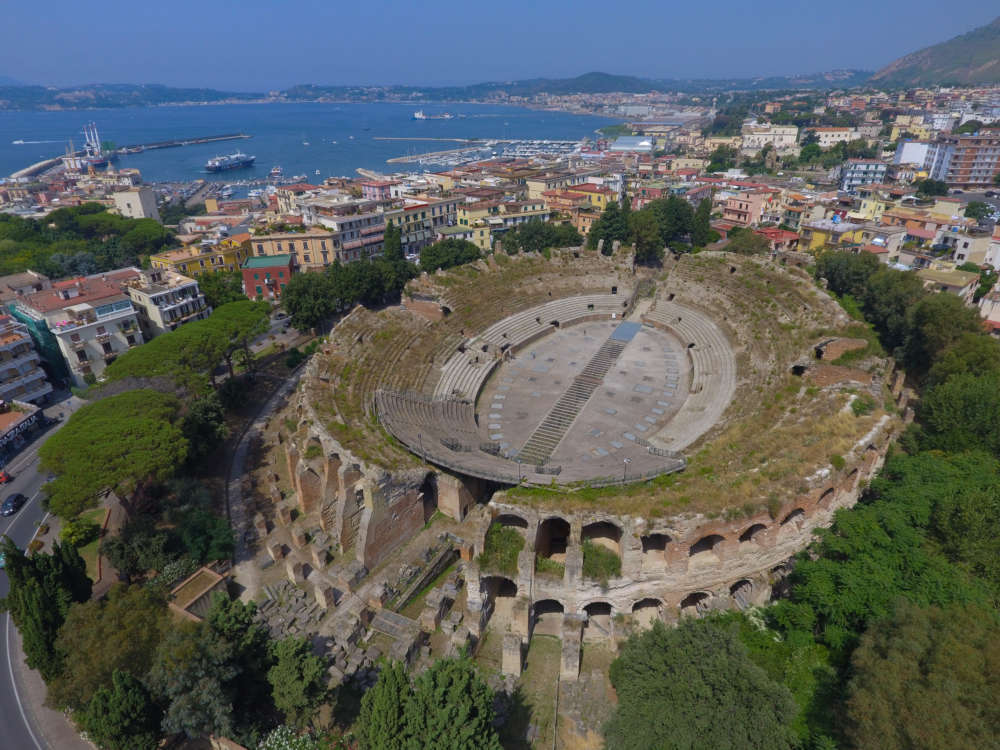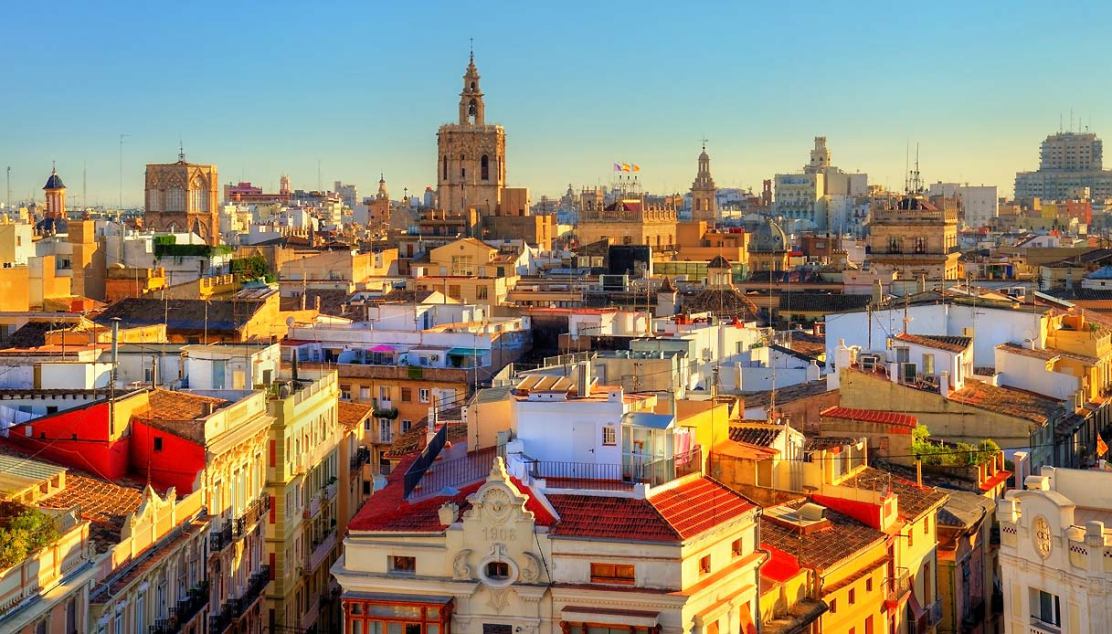Syracuse was called by Cicero "the most beautiful city of Magna Graecia." He was right. Even today echoes of its ancient grandeur reverberate through the streets, and monuments and churches corroborate its religious and cultural importance.Syracuse is a must-see destination in all seasons of the year, thanks to Sicily’s Mediterranean climate.
Inscribed on the UNESCO World Heritage List in 2005, the city retains reminders of its ancient vestiges in every corner, amid classical vestiges and Baroque splendor, in a setting of irresistible beauty.
The UNESCO site contemplates two separate places: the historic center of Syracuse and the rocky necropolis of Pantalica, evidence of the development of ancient civilizations and their progressive civilization.
Thanks to an enviable geographic location, Syracuse has been a crucial hub of trade since Greek times and is a living testimony to the customs and habits of the peoples (and dominations), which have succeeded one another in the Mediterranean: from the Byzantines to the Bourbons, the Arabs to the Normans to the Aragonese.
So called from the Sicilian Sùraka (abundance of water), Syracuse was one of the main centers of Magna Graecia, in terms of artistic splendor and commercial power, one of the first centers of the spread of Christianity in the Middle Ages and experienced a new golden age after the earthquake of 1693.
The oldest urban core is located on the small island of Ortigia, where the Temple of Apollo, the oldest in Sicily, the remains of the Temple of Athena (5th century B.C.), later converted to a cathedral, and the Temple of Zeus known as "rui culonne" (two columns) because only two columns remain standing of the entire construction.
During the 4th century BC, Syracuse expanded with the residential district of Tyche and the monumental district of Neapolis, which were added to the existing 3: Ortigia, Acradina and Epipoli.
Of Roman rule the best-known building is the amphitheater; also magnificent is the Castle of Maniace, a Byzantine fort converted by Frederick II of Swabia.
Rock Necropolis of Pantalica
Not far from Syracuse, located near open quarries, is the rocky necropolis of Pantalica, which combines environmental relevance and archaeological value.
Pantalica was a settlement located on a plateau of the Hyblean Mountains where the inhabitants of the coastal strip forced to flee due to the arrival of the Siculians and Italic populations in the first half of the 13th century BC found refuge.
To this period date the scenic necropolis consisting of some 5,000 cave tombs dug into the natural rock and the Anaktoron (Prince’s Palace), positioned on the top of the hill, reminiscent of the grandeur of Mycenaean palaces.
The village that assimilated the customs and traditions of different dominations, in the Middle Ages became a refuge for populations exhausted by the incursions of enemy peoples.
The scenic beauty of Pantalica is also given by the naturalistic scenery: a natural oasis in which to admire wonderful examples of flora (anemones, orchids, oleander oriental plane trees and carob trees) and various animal species, such as the peregrine falcon, fox and river crab.
Curiosities
It is the home of Archimedes: a well-known Greek mathematician and physicist from the 3rd century BC.
In 1608 Caravaggio arrived in Syracuse while escaping from prison in Malta and painted the Burial of Saint Lucy, the city’s patron saint.
Along the banks of the Ciane River grows the "Cyperus Papyrus Linnaeus," one of the countless species of papyrus found in the world; don’t miss the Papyrus Museum, opened in 1989.
